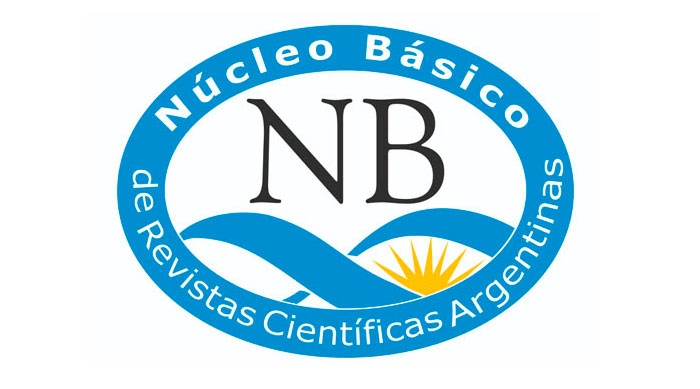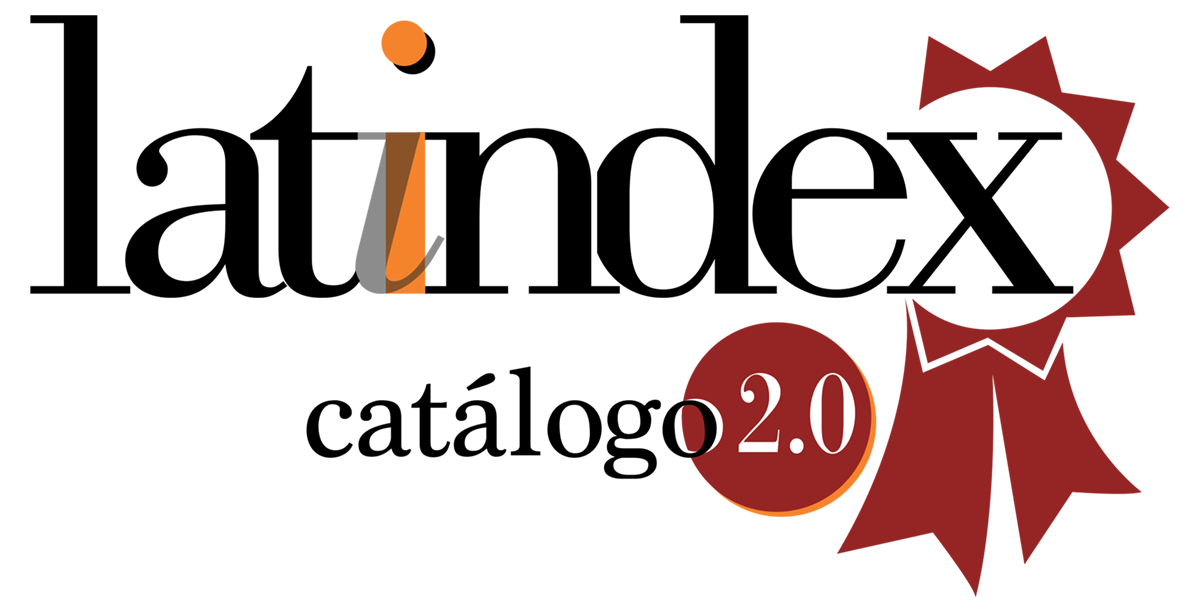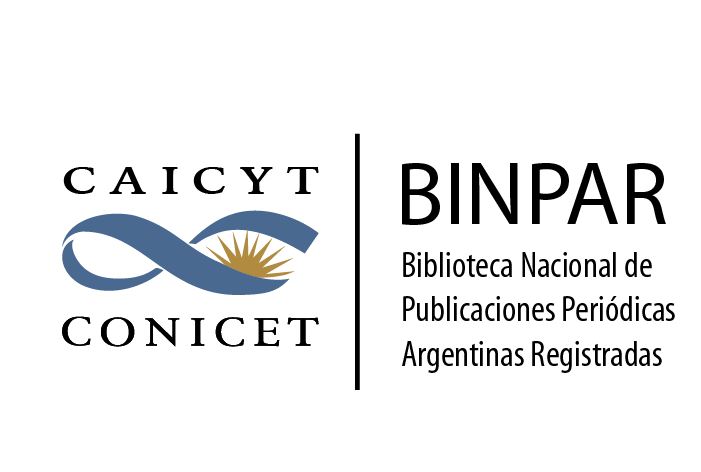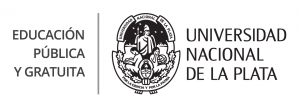Tutoría Inteligente en el campo de la Programación: estableciendo bases para las Analíticas de Aprendizaje
Palabras clave:
Programación, Tutoría Inteligente, Trayectos Educativos, Analíticas de AprendizajeResumen
El presente trabajo se enmarca en el Proyecto de Investigación N° 2497 del Consejo de Investigación de la Universidad Nacional de Salta, Argentina, denominado “Tecnologías de Inteligencia Artificial aplicadas a la construcción de un Motor de Aprendizaje en el campo de la Programación”. Entre los objetivos específicos formulados en el Proyecto, este trabajo se concentra en el de desarrollar y sostener metodologías propias de Tutoría Inteligente. Se definen los recursos que, desde los espacios presenciales y virtuales, den cuenta de la actividad de los estudiantes y permitan recomendar los trayectos educativos más adecuados para cada alumno. Se examinan estadísticamente dos tipos de datos, las calificaciones obtenidas en la primera evaluación de la asignatura inicial de Programación y las opiniones personales relevadas a través de una encuesta, en la que valoran dificultad y confianza para la solución de cada problema planteado. Se muestra la estratificación derivada de los resultados y su correspondiente estrategia de tutoría.
Descargas
Publicado
Número
Sección
Licencia
Derechos de autor 2020 Marcia Mac Gaul, Eduardo Fernández, Marcela López

Esta obra está bajo una licencia internacional Creative Commons Atribución-NoComercial-CompartirIgual 4.0.
Aquellos autores/as que tengan publicaciones con esta revista, aceptan los términos siguientes:
- Los autores/as conservarán sus derechos de autor y garantizarán a la revista el derecho de primera publicación de su obra, el cuál estará simultáneamente sujeto a la Creative Commons Atribución-NoComercial-CompartirIgual 4.0 Internacional (CC BY-NC-SA 4.0) que permite a terceros compartir la obra siempre que se indique su autor y su primera publicación esta revista, no hagan uso comercial de ella y las obras derivadas de hagan bajo la misma licencia.
- Los autores/as podrán adoptar otros acuerdos de licencia no exclusiva de distribución de la versión de la obra publicada (p. ej.: depositarla en un archivo telemático institucional o publicarla en un volumen monográfico) siempre que se indique la publicación inicial en esta revista.
- Se permite y recomienda a los autores/as difundir su obra a través de Internet (p. ej.: en archivos telemáticos institucionales o en su página web) antes y durante el proceso de envío, lo cual puede producir intercambios interesantes y aumentar las citas de la obra publicada. (Véase El efecto del acceso abierto).





















